Table of Contents
Top 5 Chili de Arbol Substitutes
When you need a chili de arbol substitute, these five options deliver the perfect heat and flavor for your recipes. Here's exactly what to use based on your cooking needs:
- Habanero Pepper: Medium to hot heat level, fruity and floral flavor. Best for salsas and sauces.
- Anaheim Pepper: Mild to medium heat, smoky and sweet flavor. Perfect for enchiladas and roasted peppers.
- Cayenne Pepper: Hot heat, sharp and spicy flavor. Ideal for sauces, rubs, and seasonings.
- Serrano Pepper: Medium heat, crunchy and grassy flavor. Great for salsas, guacamole, and stir-fries.
- Thai Bird's Eye Chili: Very hot heat, pungent and sharp flavor. Best for curries, soups, and spicy dips.
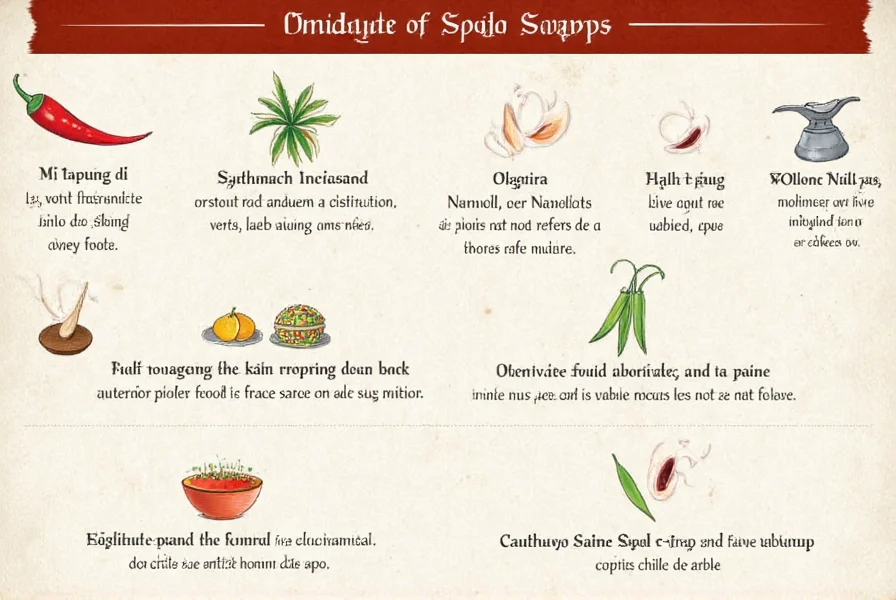
Heat Levels Comparison
Chili heat is measured in Scoville Heat Units (SHU). Here's how each substitute compares to chili de arbol (15,000-30,000 SHU):
| Substitute | Heat Level (SHU) | Compared to Chili de Arbol | Best For |
|---|---|---|---|
| Habanero | 100,000-350,000 | 3-12x hotter | Salsas, hot sauces, tropical dishes |
| Anaheim | 500-2,500 | 6-60x milder | Enchiladas, stuffed peppers, mild sauces |
| Cayenne | 30,000-50,000 | 1-2x hotter | Rubs, seasoning blends, tomato-based sauces |
| Serrano | 10,000-23,000 | Similar heat range | Fresh salsas, guacamole, stir-fries |
| Thai Bird's Eye Chili | 50,000-100,000 | 2-7x hotter | Curries, Southeast Asian dishes, very spicy dips |
Flavor Profiles of Each Substitute
Heat isn't everything - flavor matters too. Here's how each substitute's taste profile compares to chili de arbol's signature smoky-sweet notes:
Habanero Pepper
While significantly hotter than chili de arbol, habanero offers a complex fruity and floral flavor that works beautifully in tropical salsas and fruit-based sauces. Its citrusy notes complement dishes like mango salsa or pineapple-based marinades. Use only 1/4 the amount of habanero compared to chili de arbol to avoid overwhelming heat.
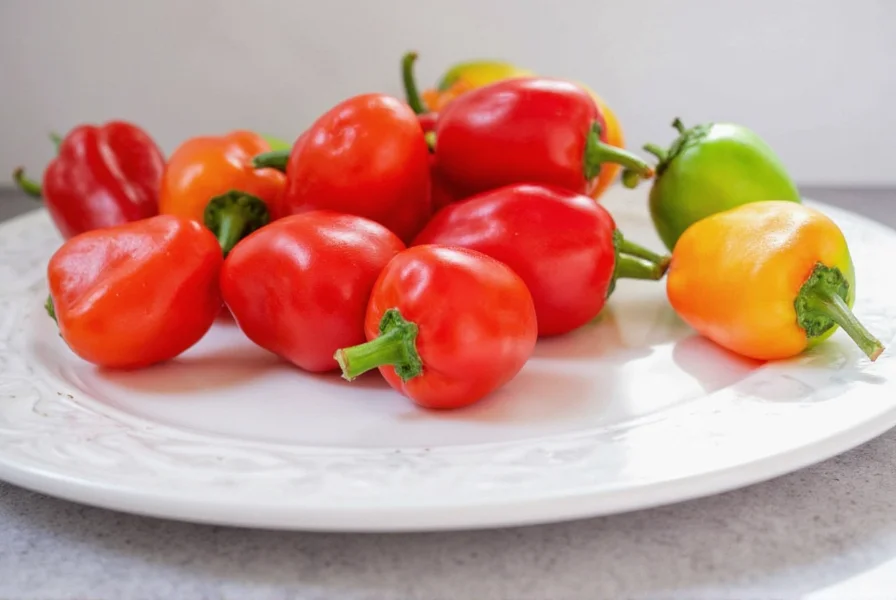
Anaheim Pepper
This mild substitute delivers a sweet, smoky flavor with minimal heat. It's perfect when you want the traditional Mexican flavor without intense spice. For chili de arbol substitution, use 2-3 times more Anaheim pepper to compensate for lower heat. Ideal for roasted pepper dishes where you want flavor without overwhelming spice.
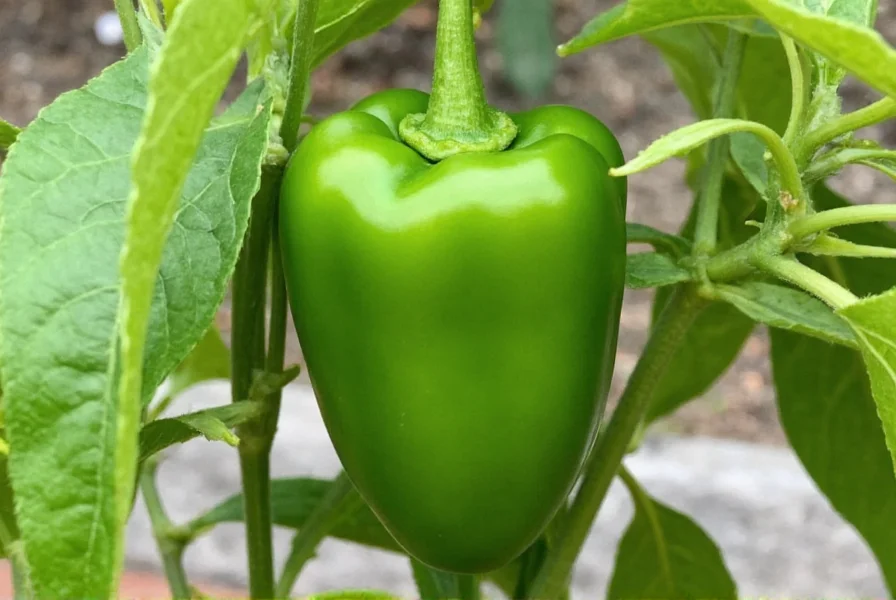
Cayenne Pepper
Cayenne provides a sharp, clean heat that's ideal for seasoning blends and dry rubs. When substituting ground cayenne for fresh chili de arbol, use 1/8 to 1/4 teaspoon of cayenne for each fresh chili. Its concentrated heat makes it perfect for adding spice to tomato-based sauces without adding moisture.

Serrano Pepper
With a crisp, grassy flavor and similar heat range to chili de arbol, serrano is the closest fresh substitute. Use equal amounts for most recipes. Its bright flavor works exceptionally well in fresh salsas and guacamole where you want clean heat without overpowering other ingredients.

Thai Bird's Eye Chili
This extremely hot substitute delivers intense pungency with a slight citrus note. Use only 1/2 to 1/3 the amount compared to chili de arbol. Best for Southeast Asian dishes where intense heat is desired, like Thai curries or Vietnamese dipping sauces. Always wear gloves when handling these peppers!

How to Use These Substitutes in Your Cooking
Here are expert tips for using each substitute effectively in your recipes:
For Fresh Peppers
When using habanero, serrano, or Thai bird's eye chili fresh:
- Remove seeds and membranes to reduce heat
- Roast or char peppers before adding to enhance flavor
- Wear gloves when handling hot peppers to prevent skin irritation
- Start with smaller amounts and taste as you go
For Dried or Ground Chilies
When using cayenne or other ground chilies:
- Use 1/8 to 1/4 teaspoon of cayenne per fresh chili de arbol
- Add gradually and taste after each addition
- For sauces, mix with a small amount of liquid before adding to prevent clumping
- Store ground chilies in airtight containers away from light to preserve potency
Heat Adjustment Formula
For precise heat control, use this simple formula:
Substitute amount = (Chili de arbol amount) × (Substitute SHU / Chili de arbol SHU)
Example: For 1 chili de arbol (20,000 SHU) in a recipe using Thai bird's eye chili (75,000 SHU), use 20,000/75,000 = 0.26 times the amount, or about 1/4 of a Thai bird's eye chili.
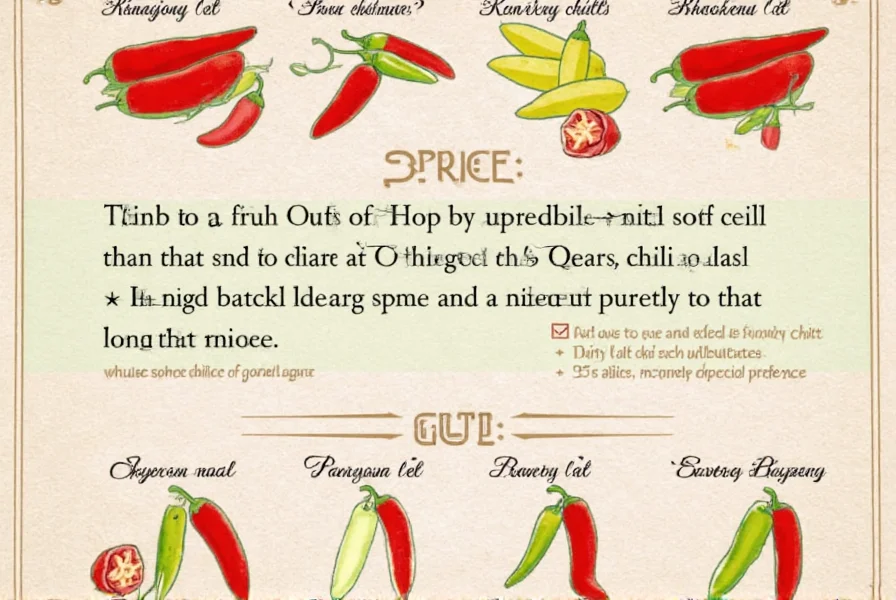
Buying Guide: Choosing the Right Substitute
Follow these expert tips when shopping for chili de arbol substitutes:
1. Check Freshness
For fresh peppers, look for vibrant colors and firm texture. Avoid peppers with wrinkles, soft spots, or discoloration. Dried peppers should be pliable, not brittle.
2. Consider Your Recipe
Match the substitute to your dish:
- Salsas and fresh dishes: Serrano or Thai bird's eye for heat, habanero for fruity notes
- Roasted or baked dishes: Anaheim for mild smokiness
- Dry rubs and seasoning blends: Cayenne for concentrated heat
3. Buy in Bulk for Savings
When possible, buy dried chilies in bulk. They maintain quality longer than fresh peppers and are more cost-effective for regular cooking. Store in airtight containers away from light and heat.
4. Check Heat Levels on Packaging
Many brands now include Scoville Heat Unit information on packaging. Look for this information to ensure you're getting the right heat level for your needs.
Frequently Asked Questions
What is the closest substitute for chili de arbol in terms of heat?
Serrano peppers are the closest fresh substitute for chili de arbol in terms of heat range (10,000-23,000 SHU vs. 15,000-30,000 SHU). They share similar crisp, grassy flavors and work perfectly in salsas and guacamole. For dried applications, cayenne pepper provides similar heat intensity with a sharper flavor profile.
Can I use dried chili powder instead of fresh chili de arbol?
Yes, cayenne pepper is an excellent dried substitute for chili de arbol. When substituting powder for fresh chilies, use 1/8 to 1/4 teaspoon of cayenne for each fresh chili de arbol. Remember that ground chilies are more concentrated, so start with less and add gradually. For best results, mix with a small amount of oil or liquid before adding to your dish.
How much substitute should I use for chili de arbol?
Use this heat adjustment formula: Substitute amount = (Chili de arbol amount) × (Substitute SHU / Chili de arbol SHU). For example, with Thai bird's eye chili (75,000 SHU) replacing chili de arbol (20,000 SHU), use 20,000/75,000 = 0.26 times the amount. Always taste as you go and adjust to your preference.
Are there non-spicy substitutes for chili de arbol?
For non-spicy alternatives, consider roasted red peppers for smoky flavor without heat, or smoked paprika for a similar smoky profile. While they won't provide spice, they maintain the characteristic smokiness of chili de arbol. For texture, diced bell peppers work well in dishes where heat isn't required.
Can I grow my own chili de arbol peppers as a substitute solution?
Yes, chili de arbol plants can be grown in home gardens or containers. They thrive in warm climates with 6-8 hours of direct sunlight daily. Start seeds indoors 8-10 weeks before last frost date. Once established, plants produce peppers year-round in suitable conditions. Many garden centers and online retailers sell seeds or starter plants specifically for chili de arbol cultivation.
What dishes work best with each chili de arbol substitute?
Here's how to match substitutes to specific dishes:
- Habanero: Tropical salsas, fruit-based sauces, jerk seasoning, Caribbean dishes
- Anaheim: Stuffed peppers, mild enchilada sauces, roasted vegetable dishes
- Cayenne: Dry rubs for meats, tomato-based sauces, seasoning blends, hot sauces
- Serrano: Fresh salsas, guacamole, stir-fries, Mexican street food dishes
- Thai Bird's Eye Chili: Southeast Asian curries, Vietnamese dipping sauces, Thai stir-fries, spicy soups
Conclusion
Chili de arbol is a staple in many spicy cuisines, but it's not always easy to find. Fortunately, there are several excellent substitutes that can deliver similar heat and flavor. Whether you choose habanero, serrano, cayenne, or another option, the key is to understand how each one behaves in your cooking.
By knowing the best substitutes and how to use them, you'll never be stuck without the perfect spice again. So next time you reach for chili de arbol, remember—there are plenty of tasty alternatives waiting to elevate your dish.
When selecting a chili de arbol substitute, consider both heat level and flavor profile to match your specific recipe needs. Always start with smaller amounts and taste as you go to achieve your desired spice level.
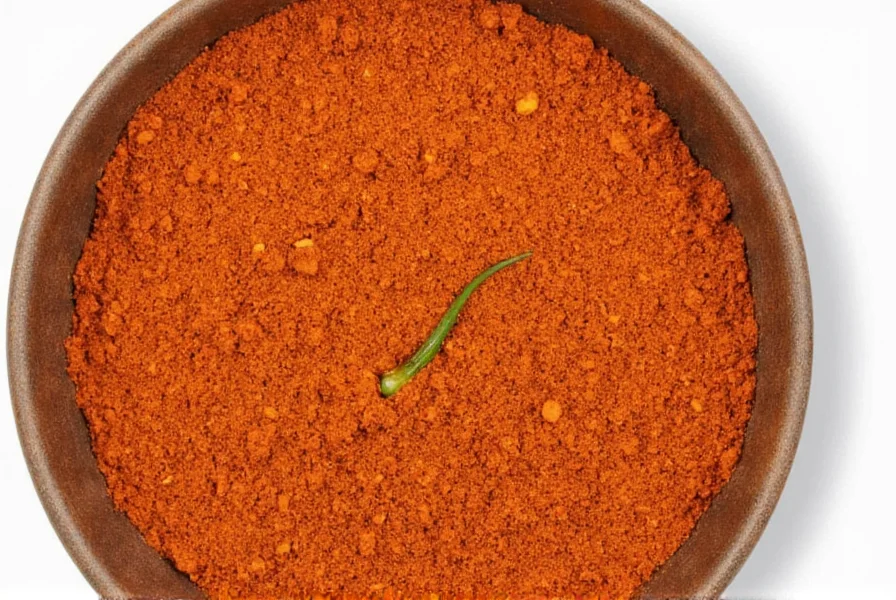

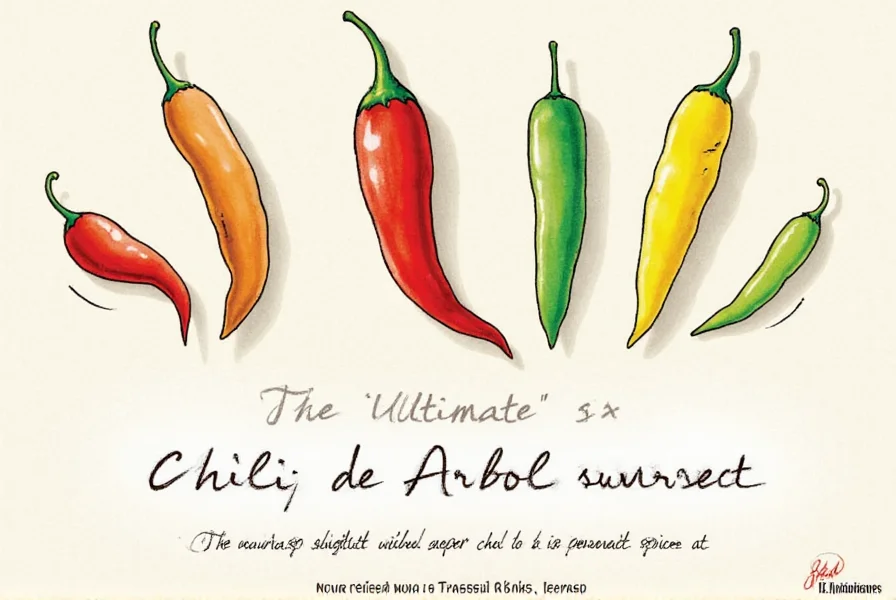









 浙公网安备
33010002000092号
浙公网安备
33010002000092号 浙B2-20120091-4
浙B2-20120091-4